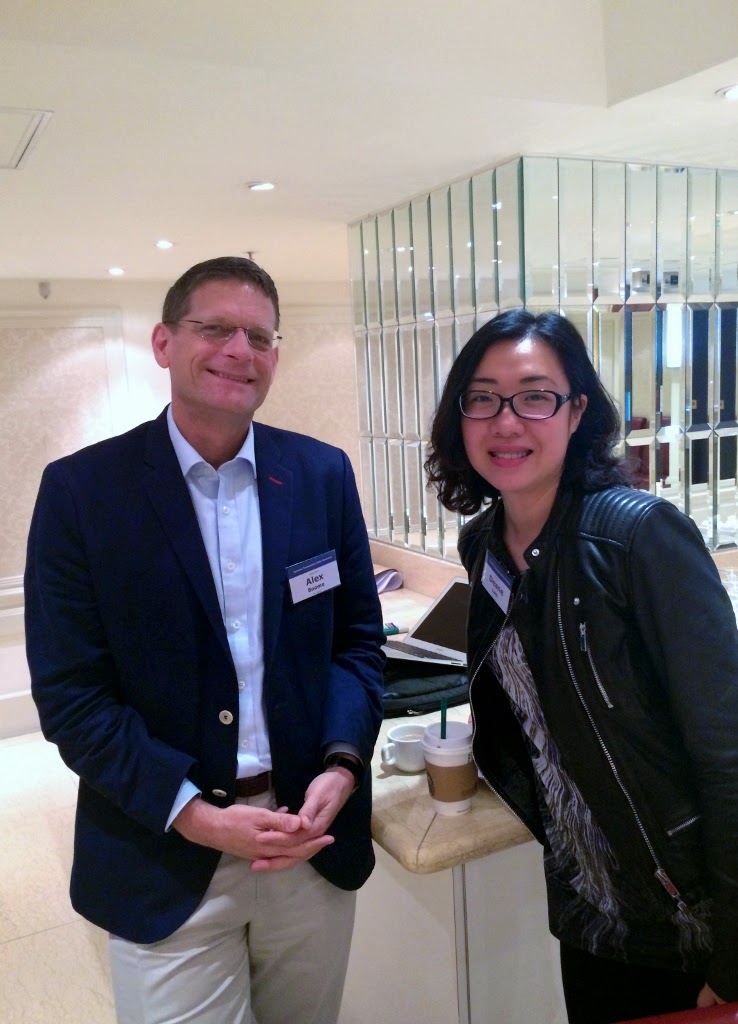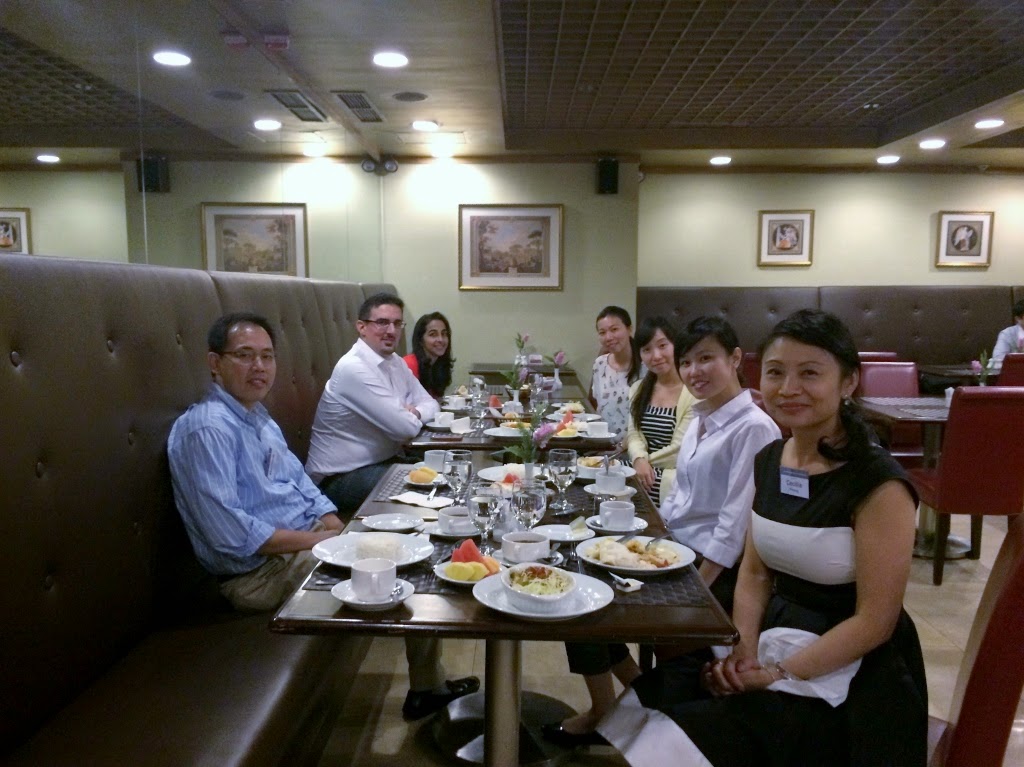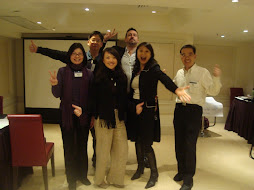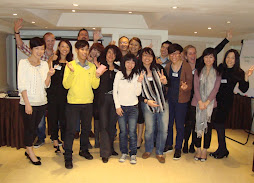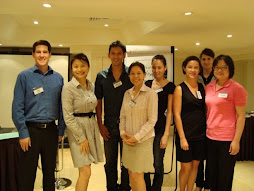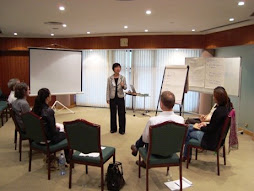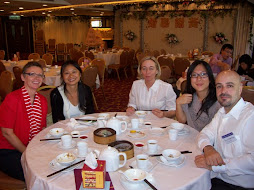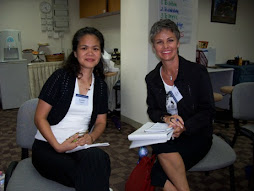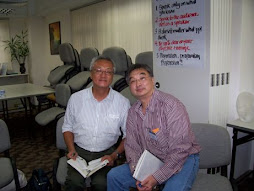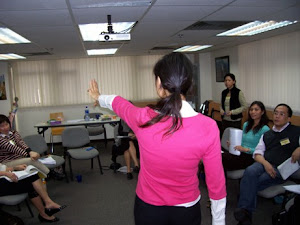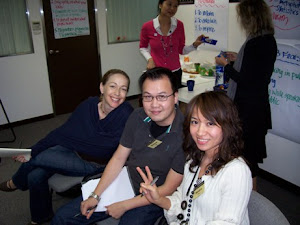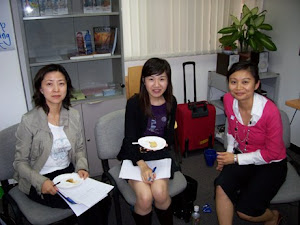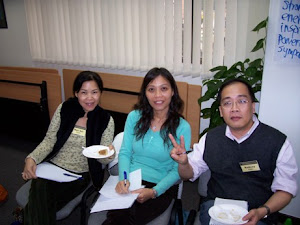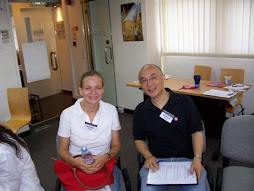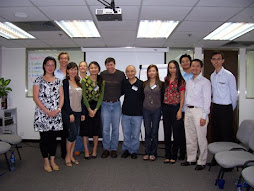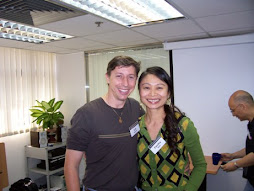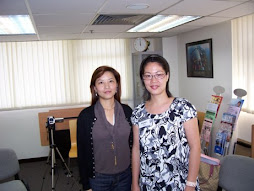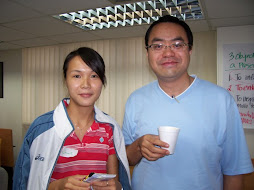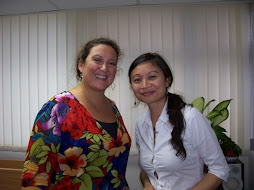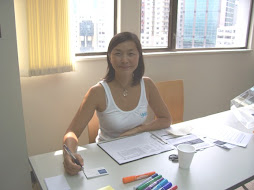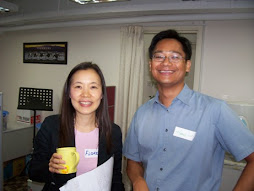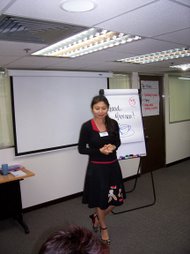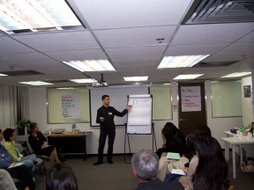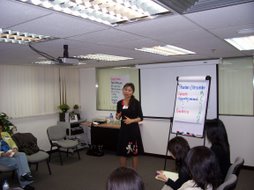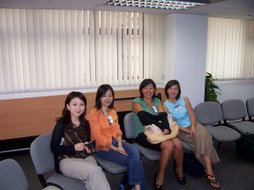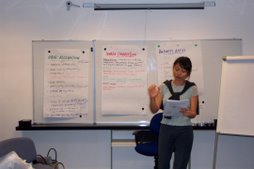Date: Monday, September 29, 2008
Time: 9:30am to 6:00pm
Venue: Level 3, Three Pacific Place, 1 Queen's Road East, Hong Kong
Cost: HK$2,280 for one - HK$3,900 for two
To Register: Send email to Sept29dps@biz-results.net for or call +852 2782 8713 or register online by clicking on the icon in upper right hand corner.
Please CLICK HERE to read our client testimonials.
Wednesday, August 27, 2008
A Formula For Your Next Sales Presentation
How do we define a sales presentation? In fact, most presentations have a sales element to it. We present to influence a decision and this formula applies to most presentations that seek buy-in from your audience.
1. Understand your audience's needs, concerns, issues, objections and prepare accordingly. What is it they really want out of attending your presentation? The first step is preparing your content so that you provide the right information in order for your audience to make the decision you desire.
2. Do not start with a PowerPoint presentation. I know I am a bit repetitive with this tip but it is the worst way to open a presentation! There is no connection, no rapport and all eyes are fixated on a large screen instead of you. How can you expect data on a screen to exact influence? The credibility and authority needs to be on you, not a series of slides on a screen.
3. Start with a clear introduction and outline of your presention. Be very clear on your objective upfront and set the expectations. Example: "My objective today is to share with you our strategy, the background information and rationale for resources so that you will make the decision to support us. The topics of this 30-minute presentation will cover..."
4. Seek engagement and buy-in from the start by asking your audience what their needs, concerns and objectives are. Many presenters go straight into the PowerPoint slides and miss out a great opportunity get the audience's attention by seeking their input first. By doing so, they will now have a more vested interest in your content as you asked them what their needs are and they are on attention to seek a solution or answers.
5. Provide value-added content, solutions, well researched data and logical supporting statements for your key message. Make sure your content answers your audience's questions and addresses their concerns. It doesn't matter how much you know or what your expertise is if it's irrelevant for your audience. Only present on what's pertinent to them, if you do not want them to tune out.
6. Conclude with a summary of what you have just presented. Yes! Tell them again what you just told them and ask for what you want, which you stated in your opening objective. Ask for the decision, serious consideration of your proposal or a follow up face to face meeting.
BONUS TIP:
Prepare for the Q&A session by thinking of the typical questions you feel the audience may ask as well as the worst questions from the skeptics. Formulate your answers accordingly and you will be able to handle any question thrown your way.
Many presenters signify the end of a presentation by opening the floor for questions. This is actually not a proper way to conclude a presentation. I'll share more on this in future updates.
1. Understand your audience's needs, concerns, issues, objections and prepare accordingly. What is it they really want out of attending your presentation? The first step is preparing your content so that you provide the right information in order for your audience to make the decision you desire.
2. Do not start with a PowerPoint presentation. I know I am a bit repetitive with this tip but it is the worst way to open a presentation! There is no connection, no rapport and all eyes are fixated on a large screen instead of you. How can you expect data on a screen to exact influence? The credibility and authority needs to be on you, not a series of slides on a screen.
3. Start with a clear introduction and outline of your presention. Be very clear on your objective upfront and set the expectations. Example: "My objective today is to share with you our strategy, the background information and rationale for resources so that you will make the decision to support us. The topics of this 30-minute presentation will cover..."
4. Seek engagement and buy-in from the start by asking your audience what their needs, concerns and objectives are. Many presenters go straight into the PowerPoint slides and miss out a great opportunity get the audience's attention by seeking their input first. By doing so, they will now have a more vested interest in your content as you asked them what their needs are and they are on attention to seek a solution or answers.
5. Provide value-added content, solutions, well researched data and logical supporting statements for your key message. Make sure your content answers your audience's questions and addresses their concerns. It doesn't matter how much you know or what your expertise is if it's irrelevant for your audience. Only present on what's pertinent to them, if you do not want them to tune out.
6. Conclude with a summary of what you have just presented. Yes! Tell them again what you just told them and ask for what you want, which you stated in your opening objective. Ask for the decision, serious consideration of your proposal or a follow up face to face meeting.
BONUS TIP:
Prepare for the Q&A session by thinking of the typical questions you feel the audience may ask as well as the worst questions from the skeptics. Formulate your answers accordingly and you will be able to handle any question thrown your way.
Many presenters signify the end of a presentation by opening the floor for questions. This is actually not a proper way to conclude a presentation. I'll share more on this in future updates.
For more tips on presentation skills, please read on...
Subscribe to:
Posts (Atom)

